Feeding wild birds seems like a simple activity, but there’s a surprising amount of science and strategy behind effective bird feeding. Many backyard birding enthusiasts make well-intentioned mistakes that can negatively impact bird health, waste money, or even attract unwanted wildlife. Whether you’re a seasoned bird enthusiast or just starting your backyard birding journey, understanding the nuances of proper bird feeding can dramatically improve your experience and the birds’ wellbeing. This article explores the lesser-known facts about birdseed and feeding practices that might transform how you approach this rewarding hobby.
The Surprising Truth About Cheap Birdseed Mixes
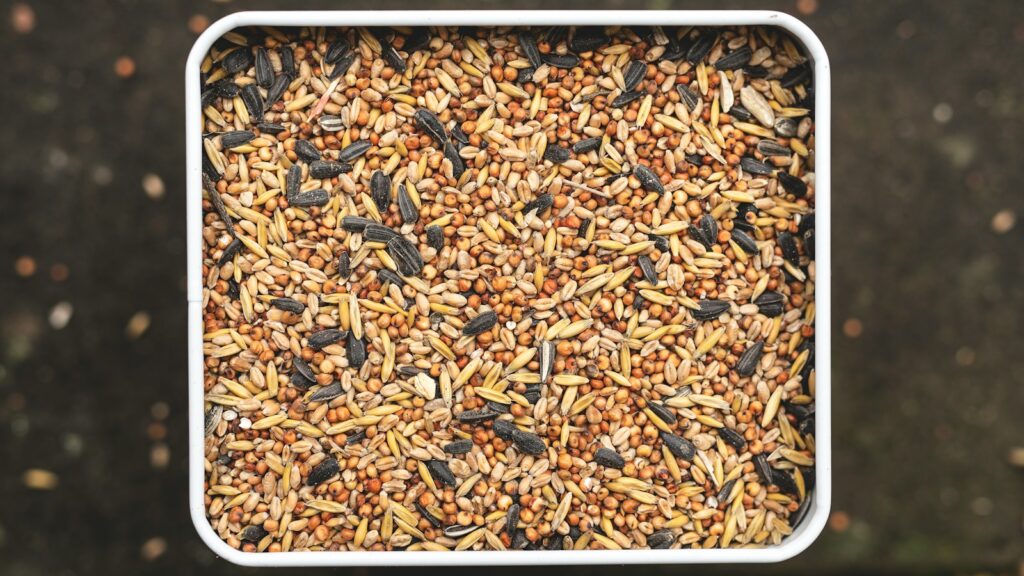
Those bargain birdseed blends filled with milo, wheat, and cracked corn might seem like a good value, but they often end up being the most expensive option per bird actually fed. Most songbirds simply kick these filler seeds aside in search of more nutritious options like sunflower seeds, leaving piles of rejected seed beneath your feeder. This wasted seed not only costs you money but can attract rodents and other unwanted visitors to your yard. Quality seed mixes containing higher percentages of black oil sunflower seeds, safflower, and nyjer may cost more upfront but result in less waste and happier birds. The higher initial investment typically translates to more efficient feeding and ultimately better value.
Hidden Dangers of Moldy Birdseed
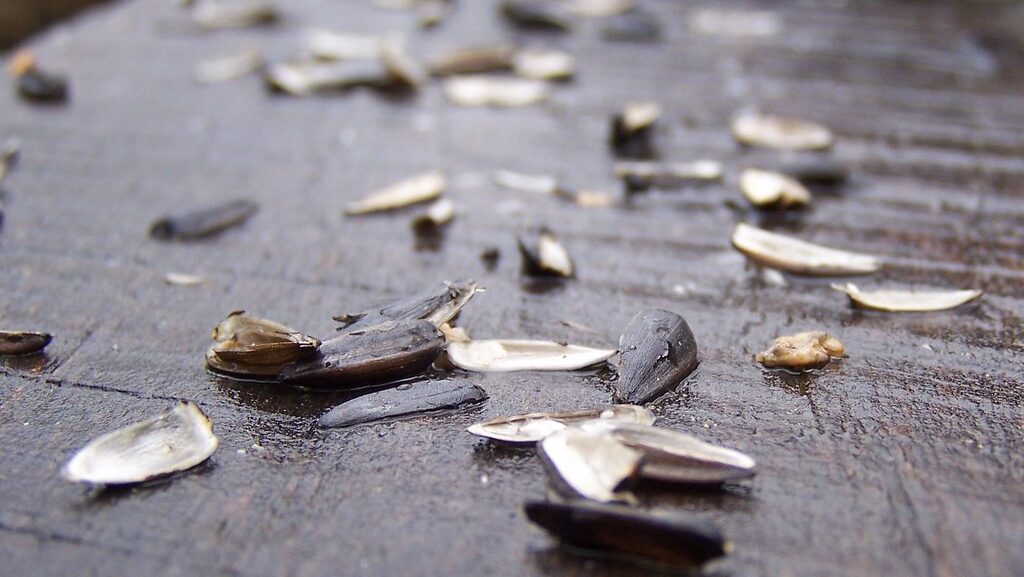
Birdseed that has gotten wet and developed mold can be deadly to your feathered visitors, yet many bird enthusiasts miss the early signs of spoilage. Aspergillosis, a respiratory disease caused by fungal spores, can devastate bird populations and is directly linked to consumption of moldy seed. Even seed that appears normal might harbor dangerous mold spores if it has been stored improperly or exposed to humidity. Properly store unused seed in airtight containers in cool, dry locations, and regularly inspect your feeders for signs of dampness or mold growth. During particularly wet weather, consider filling feeders with smaller amounts more frequently rather than completely filling them to reduce waste and potential for mold development.
The Myth of One-Size-Fits-All Bird Feeding
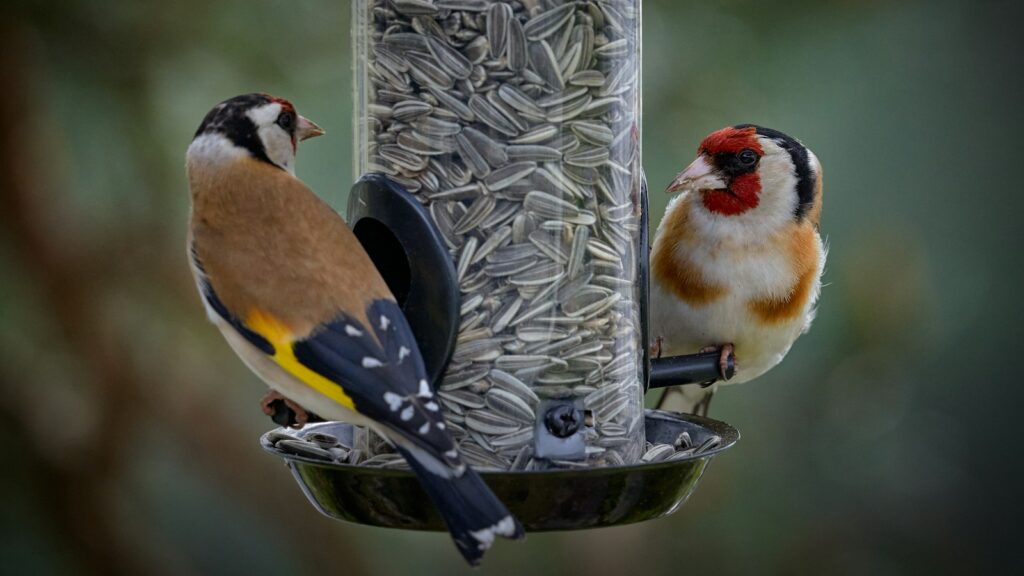
Many backyard birders make the mistake of offering just one type of seed in a single feeder style, severely limiting the diversity of birds they’ll attract. Different bird species have evolved specialized beaks and feeding habits that make them prefer certain seeds and feeder types. Cardinals and grosbeaks love large, platform-style feeders with sunflower seeds, while finches prefer tube feeders filled with tiny nyjer seeds. Woodpeckers and nuthatches will visit suet cages but rarely use traditional seed feeders. By diversifying your feeding stations with multiple feeder types and food offerings, you’ll create a backyard habitat that welcomes a much wider variety of birds. Research the specific preferences of birds native to your region to create a truly welcoming environment.
The Seasonal Adjustment Secret
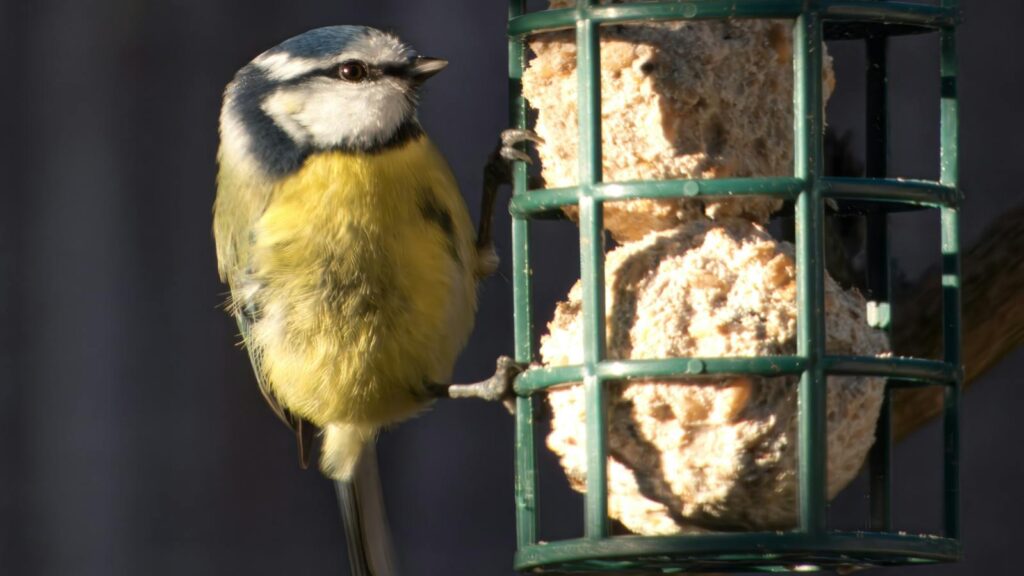
Maintaining the same feeding regimen year-round ignores the dramatically different nutritional needs birds have during different seasons. During cold winter months, high-fat foods like suet, peanuts, and black oil sunflower seeds provide essential calories birds need to maintain body temperature. Spring brings nesting season when protein becomes crucial for egg production and feeding growing nestlings. Summer requires less caloric density but more variety, while fall feeding should support birds preparing for migration or winter. Adjusting your offerings seasonally not only supports birds’ changing needs but can also save money by providing only what’s necessary during each period. Many dedicated birders keep a seasonal feeding calendar to ensure they’re offering the right foods at the right time.
The Overlooked Importance of Shell-Free Options
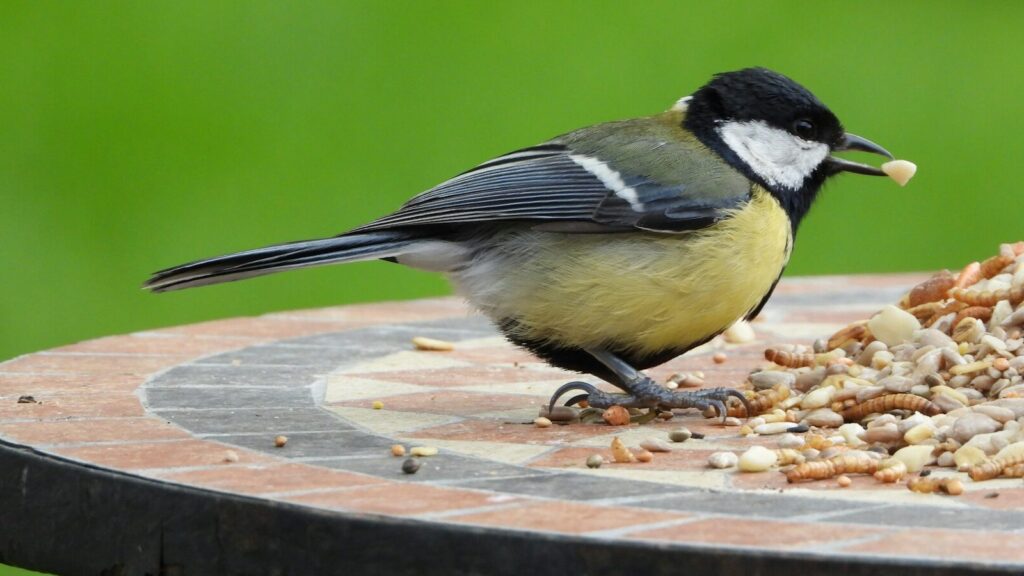
While whole seeds with shells are natural and familiar to birds, the accumulation of discarded shells beneath feeders can create serious problems many birders don’t anticipate. Shell buildup can inhibit grass growth, harbor harmful bacteria and mold, and even spread diseases among ground-feeding birds. Hulled seeds (seeds with shells removed) eliminate this problem entirely while making feeding more efficient for the birds. Though typically more expensive per pound than in-shell varieties, hulled options create no waste and provide more actual nutrition per scoop. For areas where shell accumulation is problematic, such as decks, patios, or small yards, switching to shell-free seed blends can dramatically improve both aesthetics and bird health.
The Hidden Cost of Artificially Colored Seed
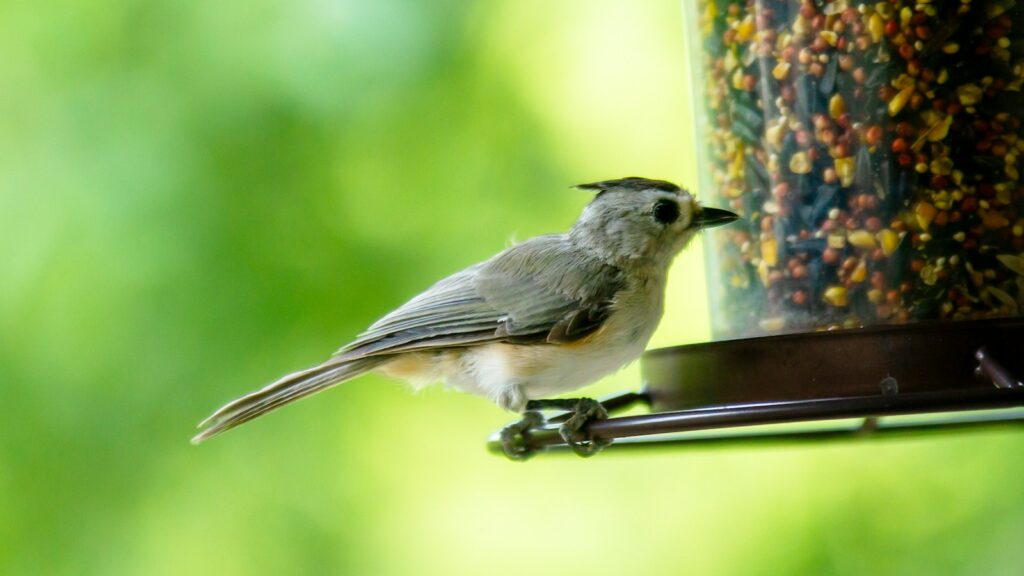
Those bright red, green, or blue seeds might catch your eye in the store, but they provide no benefit to birds and may actually cause harm. The dyes used to color these novelty seeds contain chemicals that have no place in birds’ diets and could potentially cause digestive issues or other health problems. Birds themselves cannot see these colors as marketing suggests, making the colorful appearance purely for human appeal. Natural seeds in their unaltered state provide all the nutrition birds need without unnecessary additives. Always choose natural, undyed seeds that focus on nutritional value rather than visual appeal for human consumers.
The Cleanliness Factor Most Birders Miss
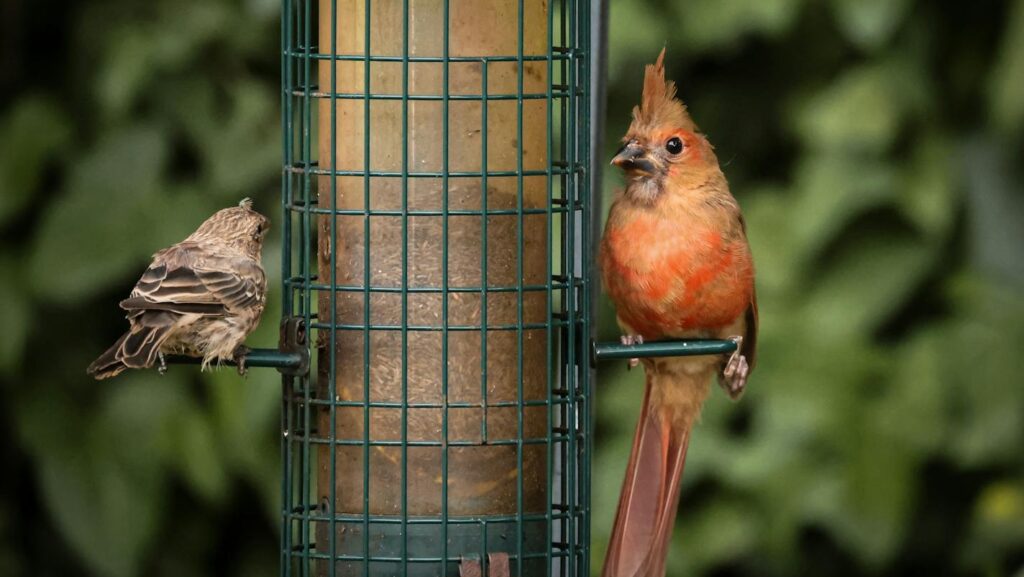
Many enthusiastic bird feeders focus on keeping seed stocked but neglect the critical task of regular feeder cleaning, creating potential health hazards for their feathered visitors. Bird feeders can become breeding grounds for bacteria, viruses, and fungi that spread easily among congregating birds. Diseases like salmonellosis, avian pox, and conjunctivitis can devastate local bird populations and spread from infected feeders. Experts recommend thoroughly cleaning and disinfecting all feeders at least once a month (more frequently during hot, humid weather) using a solution of one part bleach to nine parts water. Allow feeders to completely dry before refilling to prevent mold growth. This simple maintenance routine can prevent disease outbreaks and protect the birds you’re trying to help.
The Misunderstood Impact of Hot Pepper Additives
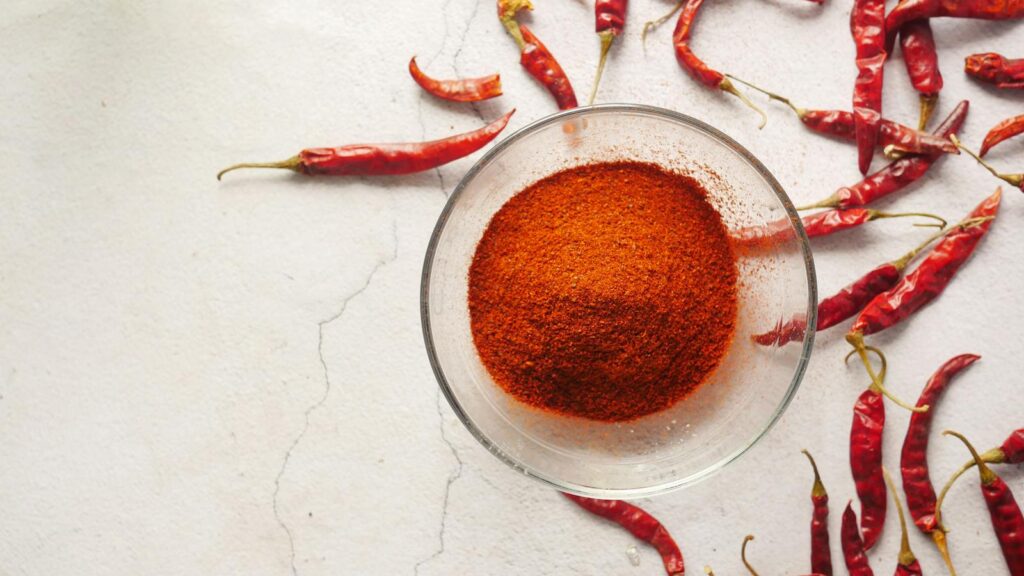
Many commercial bird foods now contain hot pepper additives claimed to deter squirrels while remaining undetectable to birds. The science behind this is actually fascinating – birds lack the receptors that detect capsaicin (the compound that makes peppers hot), meaning they can’t taste the spiciness that mammals find unbearable. While this does effectively deter squirrels without harming birds, some research suggests potential unintended consequences. The capsaicin can be transferred from beaks to eyes or feet, causing irritation, and may affect nesting materials if birds have residue on their feathers. Additionally, squirrels and other wildlife serve important ecological roles, and completely excluding them might disrupt natural balances. Consider dedicated squirrel feeders as an alternative strategy that acknowledges their place in the ecosystem while preserving your bird seed.
The Water Connection Many Birders Overlook
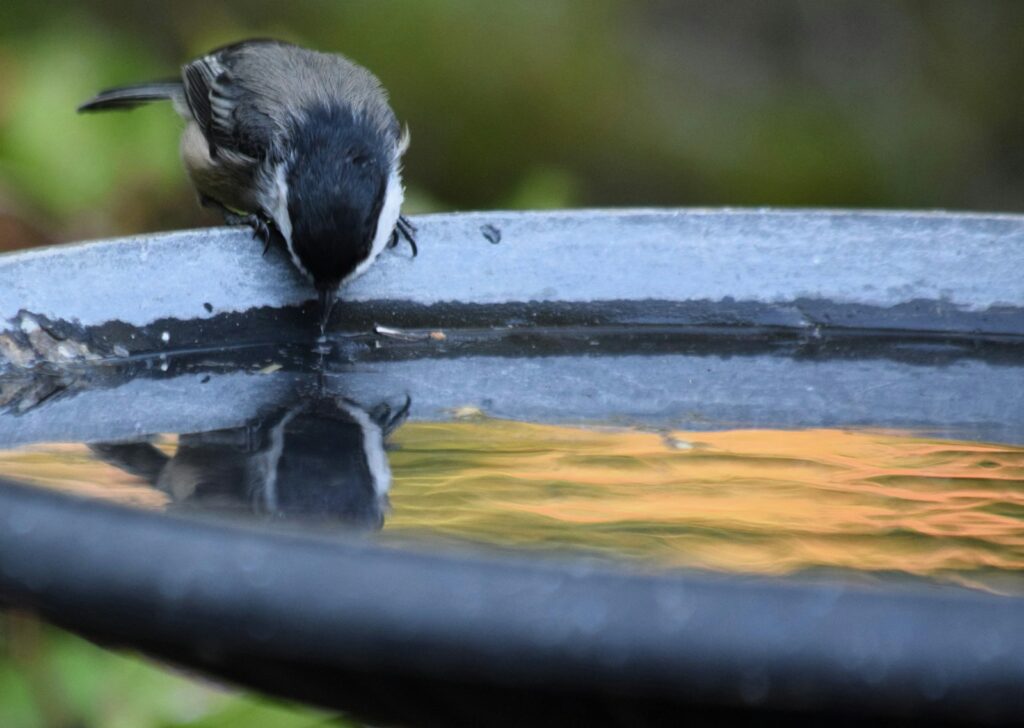
While meticulously maintaining seed feeders, many bird enthusiasts completely overlook the critical importance of providing clean water alongside food offerings. Birds need fresh water not just for drinking but also for bathing to maintain feather condition – an essential aspect of flight capability and insulation. During winter months in cold climates, water can be more attractive to birds than food, as natural water sources freeze over. Installing a bird bath with a heater in winter can dramatically increase bird activity in your yard and provide a truly life-saving resource. Year-round, water sources should be cleaned regularly and kept filled with fresh water to prevent mosquito breeding and disease transmission. The addition of a water feature may attract species that rarely visit seed feeders, significantly expanding your backyard biodiversity.
The Location Miscalculation
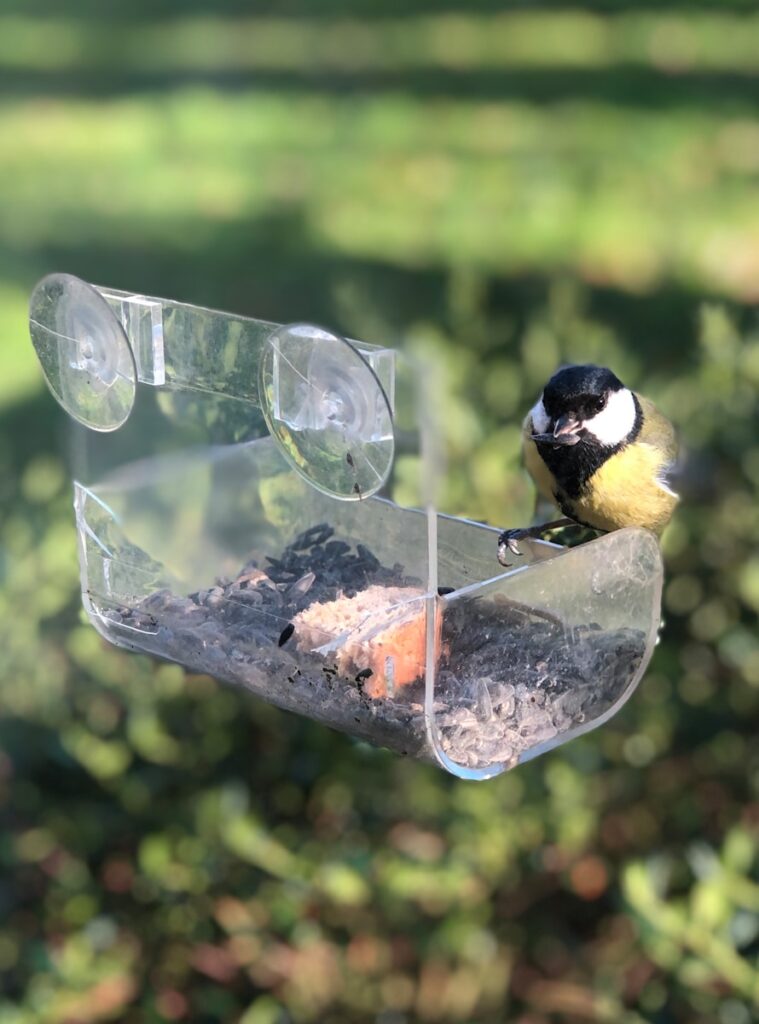
The placement of bird feeders is often determined by human convenience or viewing preference rather than bird safety, creating unintentional hazards for visiting birds. Feeders positioned too close to windows cause millions of fatal bird collisions annually when startled birds flee directly into glass they cannot see. Similarly, feeders placed without considering predator access make birds vulnerable during feeding. The ideal feeder location is either within three feet of windows (preventing fatal-velocity collisions) or more than 30 feet away, with clear sightlines to surrounding areas so birds can spot approaching threats. Additionally, positioning feeders near natural cover like shrubs or trees provides quick escape routes while making birds feel secure enough to visit regularly. Thoughtful placement not only increases bird visitation but significantly reduces mortality risks.
The Timing Paradox of Bird Feeding
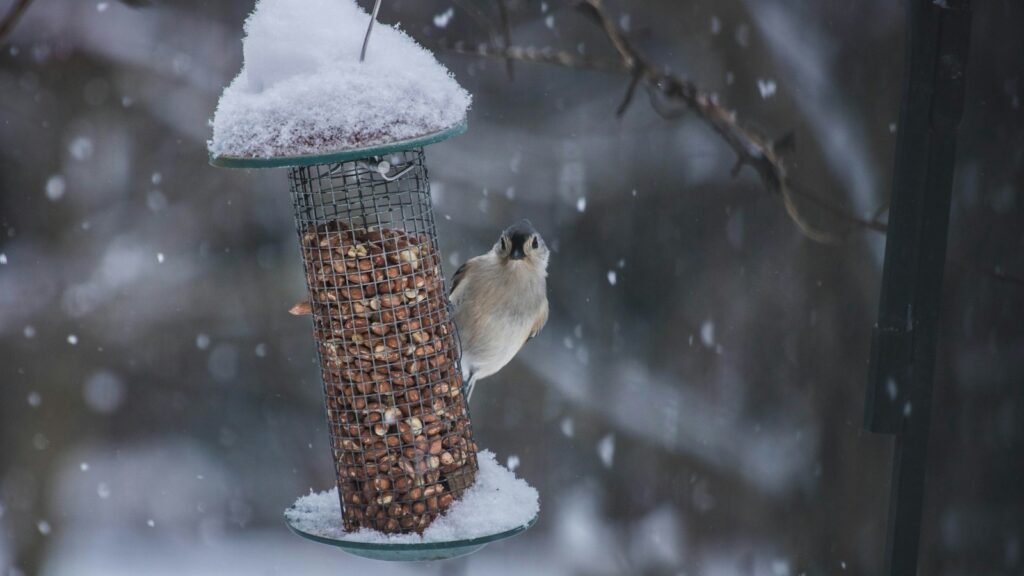
Many bird enthusiasts assume birds need feeding most during harsh winter months, but withdraw support during spring and summer when natural food seems abundant. This common practice creates a counterintuitive situation where support disappears exactly when birds face their highest energy demands during breeding season. While winter feeding helps birds survive cold temperatures, spring and summer feeding assists birds when they’re raising energy-hungry nestlings and molting feathers – both extremely demanding processes. Year-round feeding creates reliable resources that birds can incorporate into their territorial decisions and daily foraging routes. Research shows that consistent feeding can actually improve breeding success in some species by providing supplemental nutrition during critical reproductive periods. If you must reduce feeding during certain seasons, spring and fall migration periods are the most important times to maintain reliable food sources.
The Nighttime Feeding Misconception
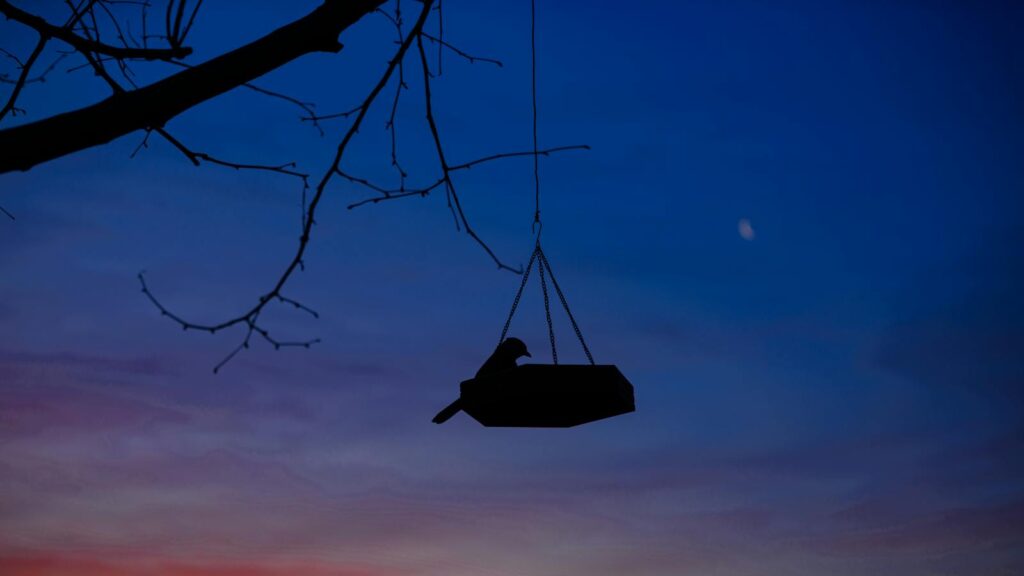
Many backyard birders leave feeders fully stocked overnight, unaware that this practice primarily benefits nocturnal wildlife rather than birds. Most songbirds are strictly diurnal (active during daylight) and roost securely from dusk until dawn. Seed left in feeders overnight attracts raccoons, opossums, rodents, and sometimes bears – creating potential conflicts and property damage while training these animals to see your yard as a food source. A more strategic approach involves filling feeders only with what birds can reasonably consume during daylight hours, reducing nighttime raiding. For those concerned about early morning feeding opportunities, consider using weight-sensitive feeders that close under the weight of larger animals or bringing feeders indoors at night in areas with problematic wildlife. This simple adjustment aligns feeding practices with actual bird behavior while reducing unintended consequences.
Conclusion
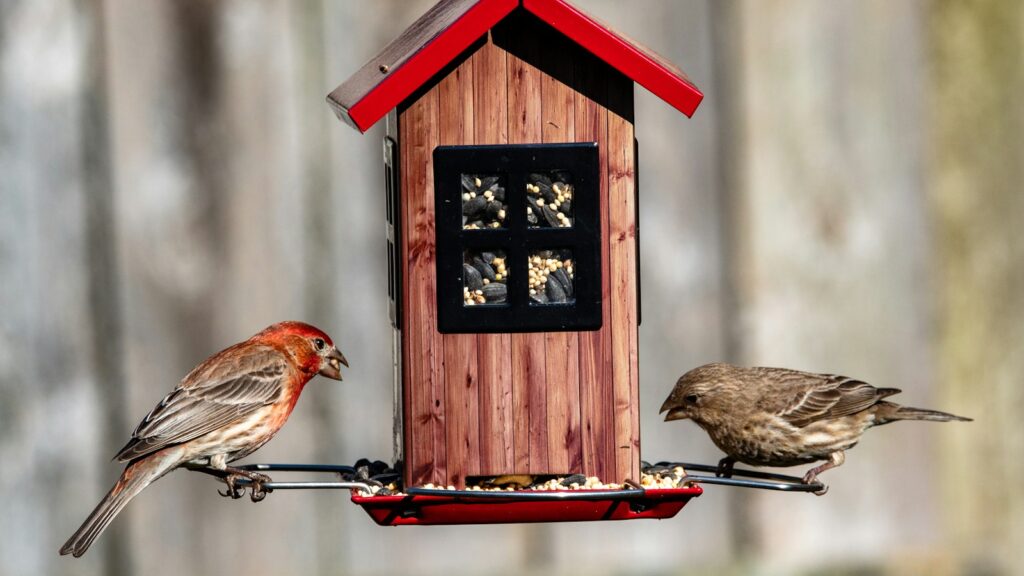
The art and science of bird feeding involves much more than simply tossing seed into a feeder. By avoiding these common mistakes, you’ll create a healthier environment for your feathered visitors while getting more enjoyment and value from your bird feeding hobby. Quality seed, proper cleaning, strategic placement, and seasonal adjustments all contribute to a backyard habitat that truly supports bird populations. Beyond the immediate joy of birdwatching, thoughtful feeding practices contribute to bird conservation efforts and create meaningful connections with the natural world. With these insights, you’re now equipped to transform your backyard into a genuine bird sanctuary that benefits both the birds and your birdwatching experience.
